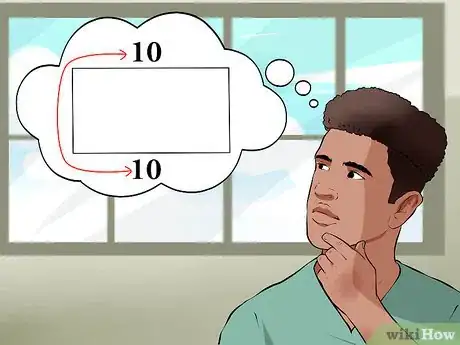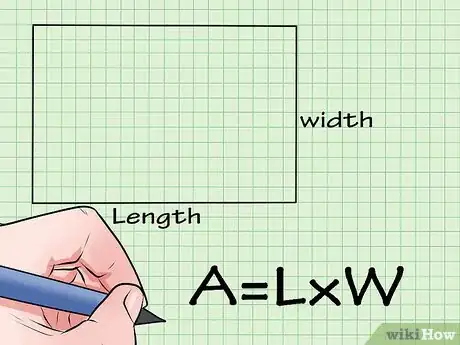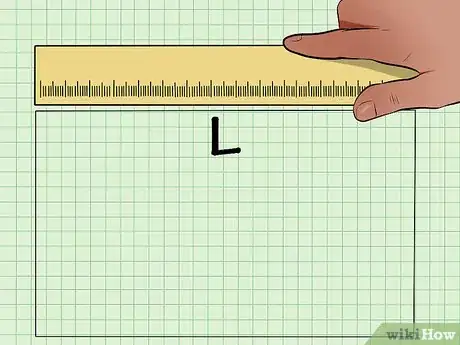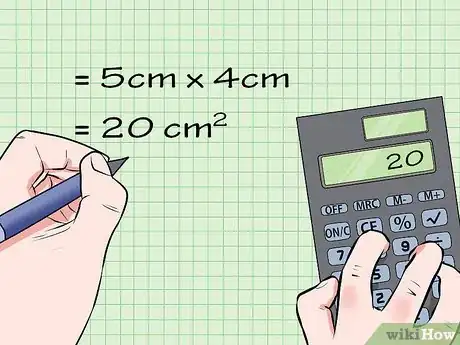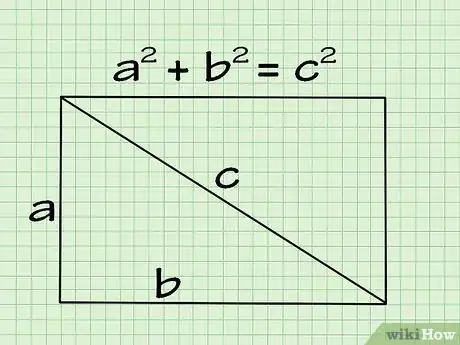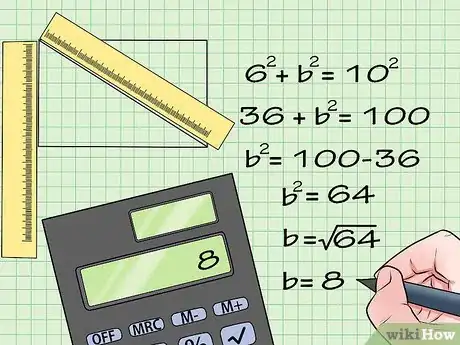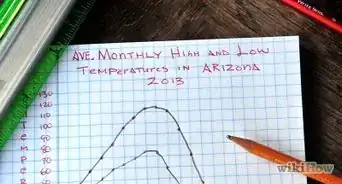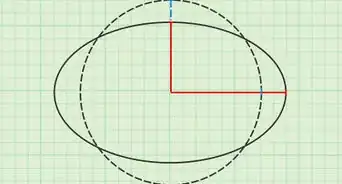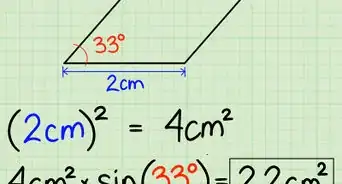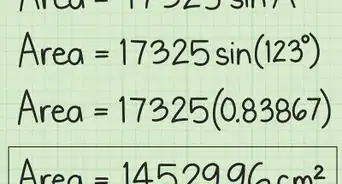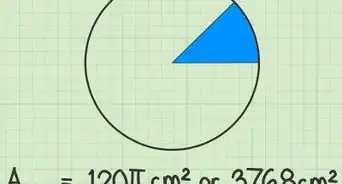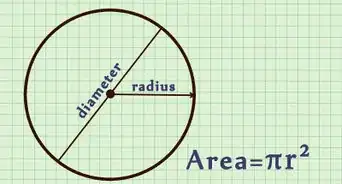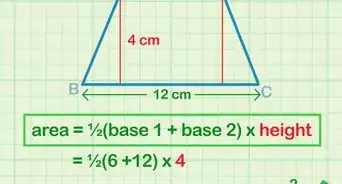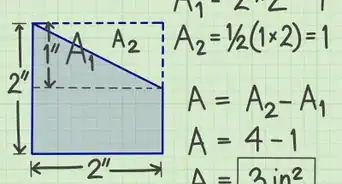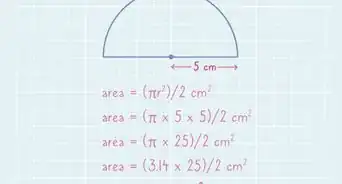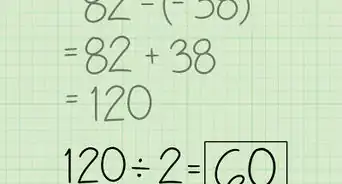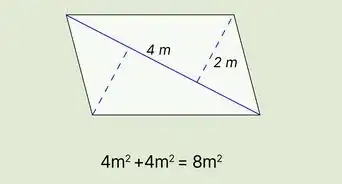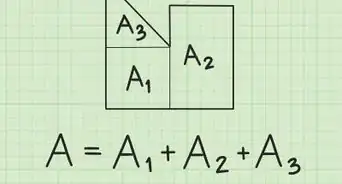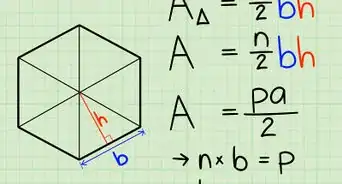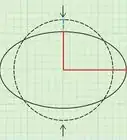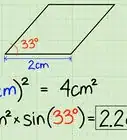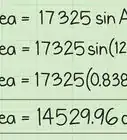This article was co-authored by David Jia. David Jia is an Academic Tutor and the Founder of LA Math Tutoring, a private tutoring company based in Los Angeles, California. With over 10 years of teaching experience, David works with students of all ages and grades in various subjects, as well as college admissions counseling and test preparation for the SAT, ACT, ISEE, and more. After attaining a perfect 800 math score and a 690 English score on the SAT, David was awarded the Dickinson Scholarship from the University of Miami, where he graduated with a Bachelor’s degree in Business Administration. Additionally, David has worked as an instructor for online videos for textbook companies such as Larson Texts, Big Ideas Learning, and Big Ideas Math.
There are 7 references cited in this article, which can be found at the bottom of the page.
This article has been viewed 583,759 times.
A rectangle is a quadrilateral[1] with two sides of equal length and two sides of equal width that contains four right angles. To find the area of a rectangle, all you have to do is multiply its length with its width. If you want to know how to find the area of a rectangle, just follow these easy steps.
Steps
Understand the Basics of a Rectangle
-
1Understand the rectangle. The rectangle is a quadrilateral, which means it has four sides.[2] Its opposite sides are equal in length, so the sides along its length are equal, and the sides along its width are equal as well. If one side of the rectangle is 10, for example, then the opposite side's length will also be 10.
- Also, every square is a rectangle, but not all rectangles are squares. So treat squares like rectangles in terms of finding its area.
-
2Learn the equation for finding the area of a rectangle. The equation for finding the area of a rectangle is simply A = L * W.[3] This means that the area is equal to the length of the rectangle times its width.
Find the Area of a Rectangle
-
1
-
2Find the width of the rectangle. Use the same methods to find it.[6]
- Note that the single hash marks on the wide sides of the rectangle mean that the two widths have equal length.
-
3Write the length and width next to each other. In this example, the length is 5 cm and the width is 4 cm.
-
4Multiply the length times the width. Your length is 5 cm and your width is 4 cm, so you should plug them into the equation A = L * W to find the area.[7]
- A = 4 cm * 5 cm
- A = 20 cm^2
-
5State your answer in square units. Your final answer is 20 cm^2, which means "twenty centimeters squared."[8]
- You can write your final answer in one of two ways: either 20 cm.sq. or 20 cm^2.
Find the Area if You Only Know the Length of One Side and the Diagonal
-
1Understand the Pythagorean theorem. The Pythagorean theorem is a formula for finding the third side of a right triangle if you know the value of two of the sides. You can use it to find the hypotenuse of a triangle, which is its longest side, or its length or width, which meet at a right angle.[9]
- Since a rectangle is comprised of four right angles, the diagonal that cuts through the shape will create a right triangle, so you can apply the Pythagorean theorem.
- The theorem is: a^2 + b^2 = c^2, where a and b are sides of the triangle and c is the hypotenuse, or longest side.[10]
-
2Use the Pythagorean theorem to solve for the other side of the triangle. Let's say that you have a rectangle with a side of 6 cm and a diagonal of 10 cm. Use 6 cm for one side, use b for the other side, and take 10 cm as your hypotenuse. Now just substitute your known quantities into the Pythagorean theorem and solve. Here's how to do it:[11]
- Ex: 6^2 + b^2 = 10^2
- 36 + b^2 = 100
- b^2 = 100 - 36
- b^2 = 64
- square root (b) = square root (64)
- b = 8
- The length of the other side of the triangle, which is also the other side of the rectangle, is 8 cm.
-
3Multiply the length times the width. Now that you've used the Pythagorean theorem to find the length and width of the rectangle, all you have to do is multiply them.[12]
- Ex: 6 cm * 8 cm = 48 cm^2
-
4State your answer in square units. Your final answer is 48 cm^2, or 48 cm. sq.
Calculator, Practice Problems, and Answers
Community Q&A
-
QuestionHow do I find the area in meters?
 Community AnswerYou cannot find an area in meters, because area is expressed in square meters. If the values of your rectangle sides are not in meters, then you must first convert those units to meters, and then multiply the converted values to get the area in square meters.
Community AnswerYou cannot find an area in meters, because area is expressed in square meters. If the values of your rectangle sides are not in meters, then you must first convert those units to meters, and then multiply the converted values to get the area in square meters. -
QuestionIf the problem says length is 105 breadth is 81 and other said of length is 103 and breadth is 53, how do I find the area of the rectangle?
 Community AnswerA rectangle has 2 sides of equal length and 2 sides of equal width (breadth). By definition, the object in which you are describing is not a rectangle. The object you have is an irregular quadrilateral.
Community AnswerA rectangle has 2 sides of equal length and 2 sides of equal width (breadth). By definition, the object in which you are describing is not a rectangle. The object you have is an irregular quadrilateral. -
QuestionHow do I find the area of a rectangle when each side is a different length?
 Community AnswerIt is not a rectangle if each side is a different length. It is either an irregular shape or a trapezoid. There is no formula for finding the area of an irregular shape. The area of a trapezoid is found by multiplying its height by the average of its bases.
Community AnswerIt is not a rectangle if each side is a different length. It is either an irregular shape or a trapezoid. There is no formula for finding the area of an irregular shape. The area of a trapezoid is found by multiplying its height by the average of its bases.
References
- ↑ https://www.mathsisfun.com/quadrilaterals.html
- ↑ https://www.mathsisfun.com/quadrilaterals.html
- ↑ https://www.cuemath.com/measurement/area-of-rectangle/
- ↑ https://www.cuemath.com/measurement/area-of-rectangle/
- ↑ https://www.khanacademy.org/math/basic-geo/basic-geo-area-and-perimeter/area-formula-intuition/v/transitioning-from-counting-to-multiplying-to-find-area-3rd-grade-khan-academy
- ↑ https://www.cuemath.com/measurement/area-of-rectangle/
- ↑ https://www.khanacademy.org/math/cc-third-grade-math/imp-geometry/imp-multiply-to-find-area/a/area-rectangles-review
- ↑ https://www.khanacademy.org/math/cc-third-grade-math/imp-geometry/imp-multiply-to-find-area/a/area-rectangles-review
- ↑ https://www.mathsisfun.com/pythagoras.html
About This Article
To quickly calculate the area of a rectangle, find the length of the base. Then, multiply the base by the height of the rectangle to get the area. For example, a rectangle with a base of 6 and a height of 9 has an area of 54. Be sure to include the units of the measurements in your answer. If you need to find the area if you only know the area or the length of 1 side and a diagonal, keep reading the article!
